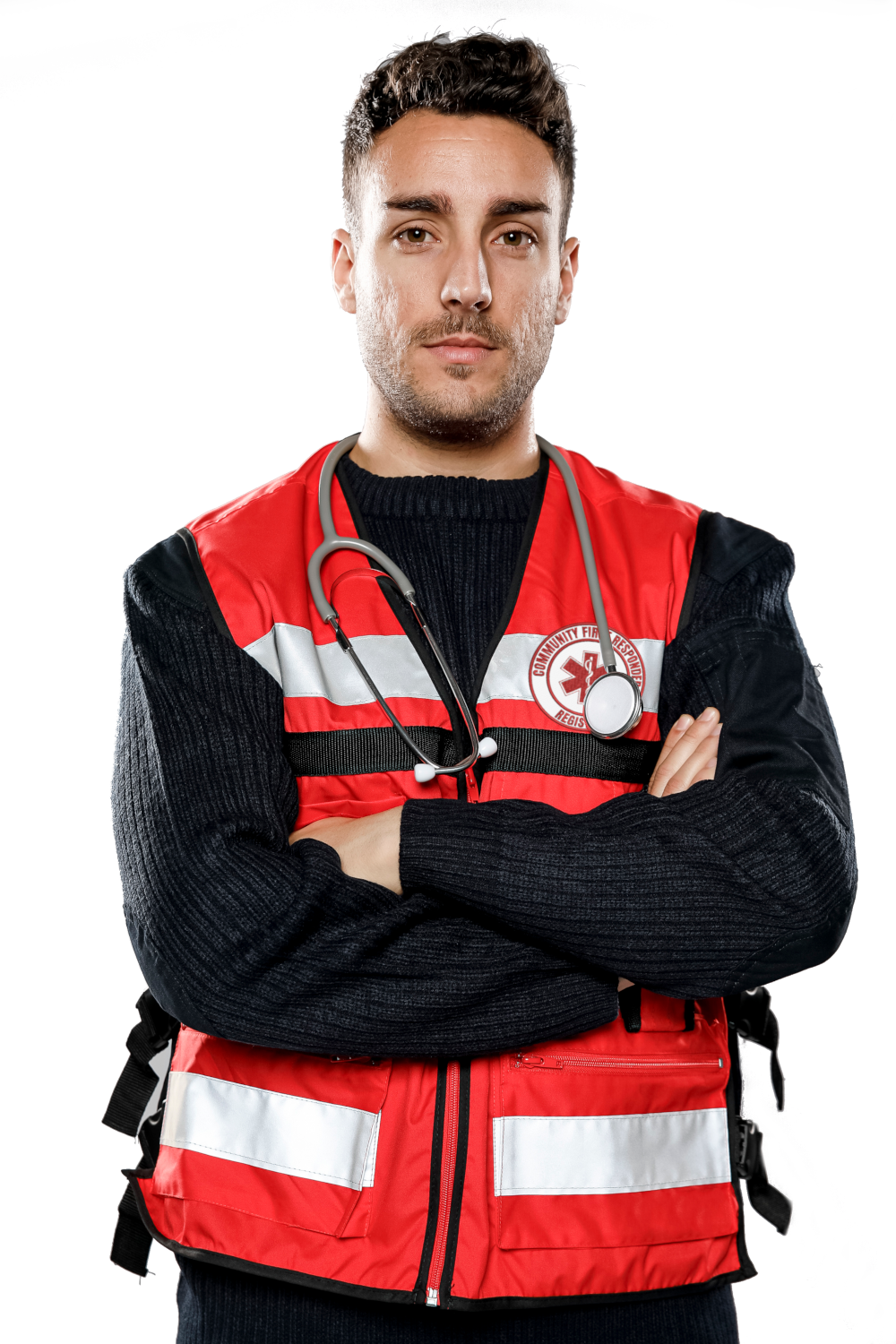WHAT IS A CFR ?
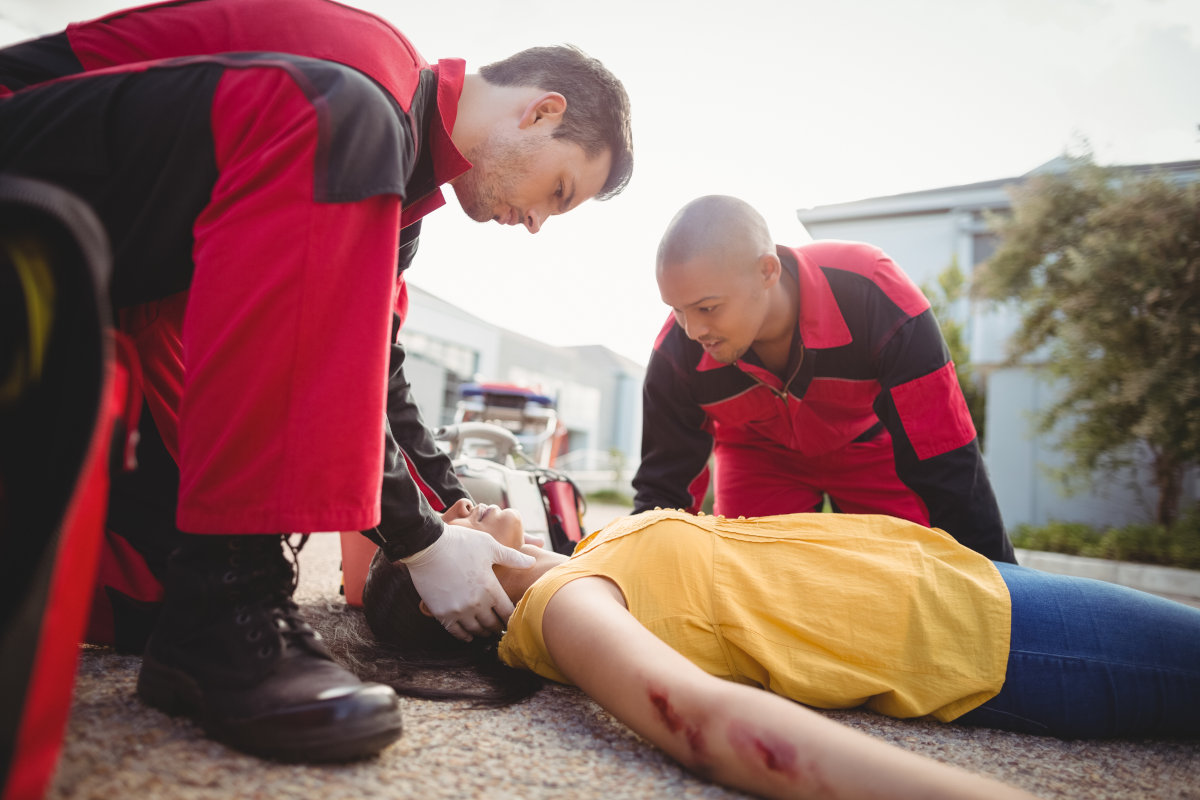
Bridging the first minutes ..
A Community First Responder (CFR) is a volunteer or professional who is trained to respond to medical emergencies within their local community before the arrival of emergency medical services (EMS). These responders are often the first on the scene of a medical emergency and provide essential care to stabilize the patient.
350,000
Out-of-Hopital
Cardiac Arrests
60,000
Casualties due to
bleeding
5,500
Choking deaths
in 2022
Isn’t it time we do something about that?
What is the CFR Registry?
Once you pass the final exam, you’ll receive a numbered certificate and a CFR patch. Additionally, your information will be entered into the registered Community First Responders database, enabling anyone to verify your credentials, certification date, and expiration date.
What You Are Going To Learn:
Community First Responders may face a wide range of medical emergencies. Therefore, it’s essential to cover the following key areas of knowledge and skills.
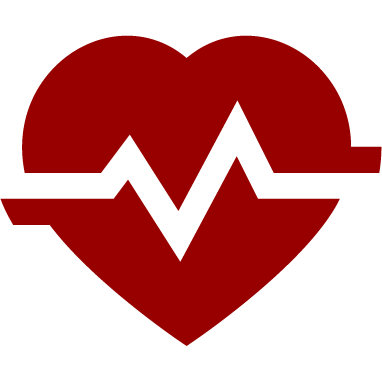
CPR / AED
Cardiopulmonary resuscitation (CPR) is a life-saving emergency procedure used when someone’s heart or breathing has stopped, typically due to cardiac arrest or drowning. The goal of CPR is to maintain vital blood flow to the brain and other organs until professional medical help can take over.
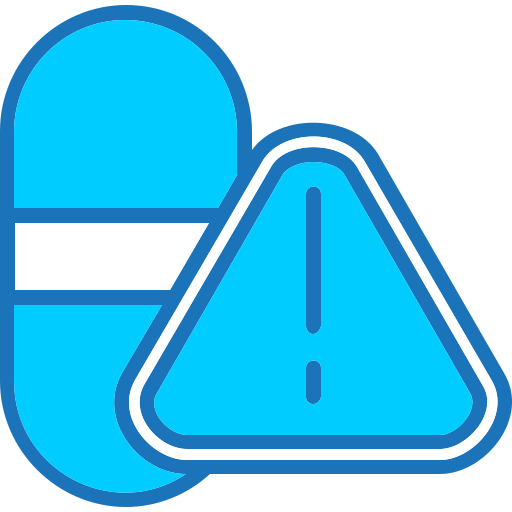
Drug Overdose Treatment
Drug overdose treatment often involves administering life-saving medications like naloxone, which can quickly reverse opioid overdose effects by restoring normal breathing. Supportive care, such as monitoring vital signs and providing airway management, is also critical while awaiting advanced medical assistance.
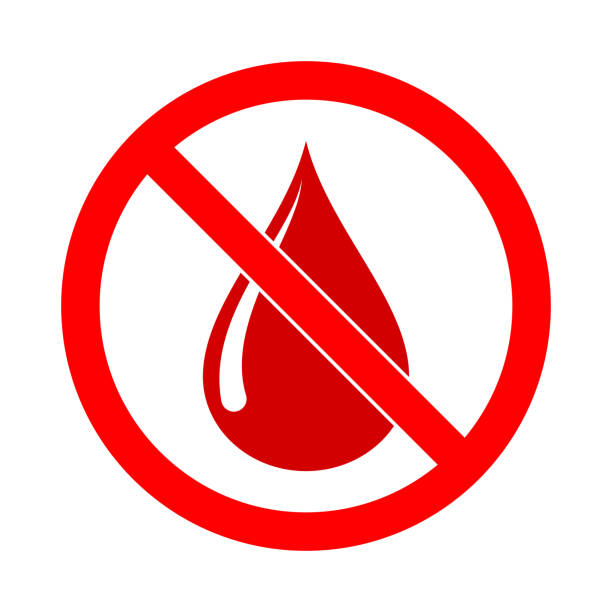
Bleeding control
Bleeding control involves applying direct pressure to the wound to stop or slow blood loss, often using bandages or cloth. In severe cases, a tourniquet may be applied above the injury to restrict blood flow until professional medical help arrives.

Medical Terminology
Medical terminology is a specialized language used by healthcare professionals to describe the human body, its functions, and medical conditions with precision and clarity. It often employs a combination of prefixes, suffixes, and root words derived from Latin and Greek to create terms that standardize communication and reduce ambiguity in clinical settings.

Overview of the Human Body
Community First Responders must have a general understanding of vital organs to recognize life-threatening conditions and provide appropriate care. This knowledge helps to assess injuries, to understand the urgency of certain symptoms, and to apply effective interventions to protect critical body functions like breathing and circulation.

Legal Environment
The legal background of CFRs is generally governed by Good Samaritan laws, which protect individuals who provide emergency care from legal liability, as long as their actions are reasonable and in good faith. Additionally, CFRs must obtain consent before treating a conscious person and are expected to act within the scope of their training to avoid negligence.
Are all courses on-line?
You will have to take the AED / CPR and a “Stop the Bleed” certification in person. But don’t worry, we’ll refer you to an instructor in your area and the fees for your certificates are included in the CFR training / licensing. All other courses and the final exam are online.
Why become a CFR?
Becoming a community first responder allows you to make a profound impact by providing critical care during emergencies, directly saving lives and supporting your community. It’s an opportunity to develop valuable medical skills, work alongside dedicated professionals, and be a vital part of a team that responds to crises with compassion and expertise.
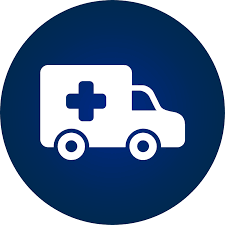
Be There When It Counts
Medical emergencies can happen anywhere – anytime. At home, at your workplace, in the supermarket. Be there to bridge the crucial minutes t
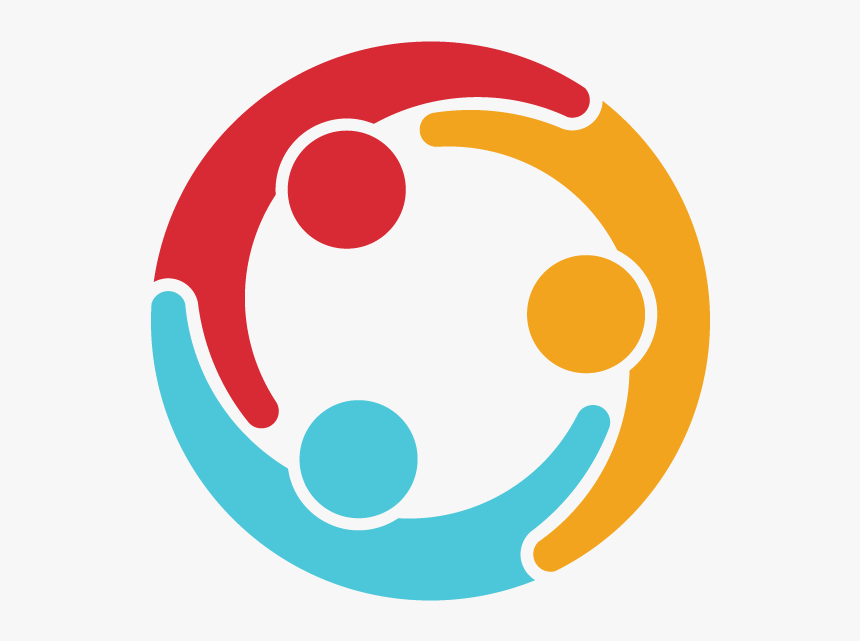
Community Health Programs
Engaging with community outreach programs that focus on emergency preparedness, first aid training, and health education.
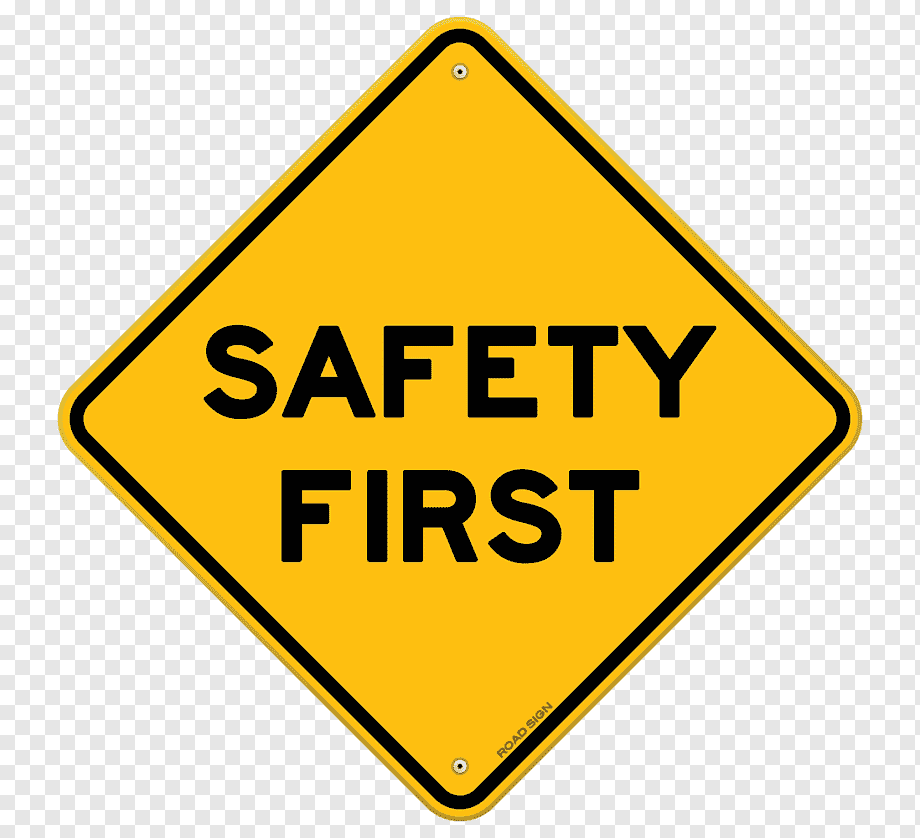
Corporate Safety Teams
Being part of safety and emergency response teams within large organizations or companies, ensuring workplace safety and managing medical emergencies.
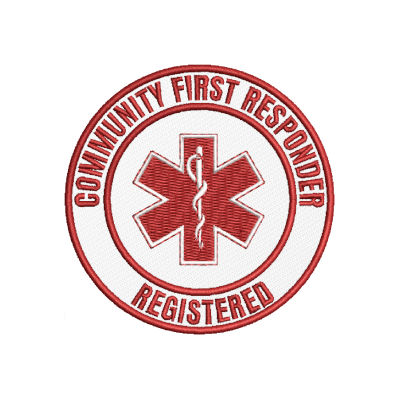
What Others Have To Say ..
Community First Responders Are Helping Around The Country

Greg T.
Community Volunteer
I took the CFR course to be better equipped to handle emergencies while volunteering in my community. With these skills, I feel more confident and prepared to provide immediate help and make a real difference in critical situations.
★★★★★

Diliah R.
Teacher
I became a CFR to ensure I could handle emergencies in the classroom with confidence and care. Knowing how to respond effectively to injuries or health issues gives me peace of mind and helps me create a safer learning environment for my students.
★★★★★

Frank D.
Business Owner
I completed the CFR training to be prepared for any accidents that might occur on the job site and to ensure my safety and the safety of my coworkers. Having these skills means I can quickly address injuries, prevent complications, and contribute to a safer work environment.
★★★★★
Embark On Your Journey
Becoming a registered Community First Responder is your entry into the fascinating and challenging emergency medical environment.
